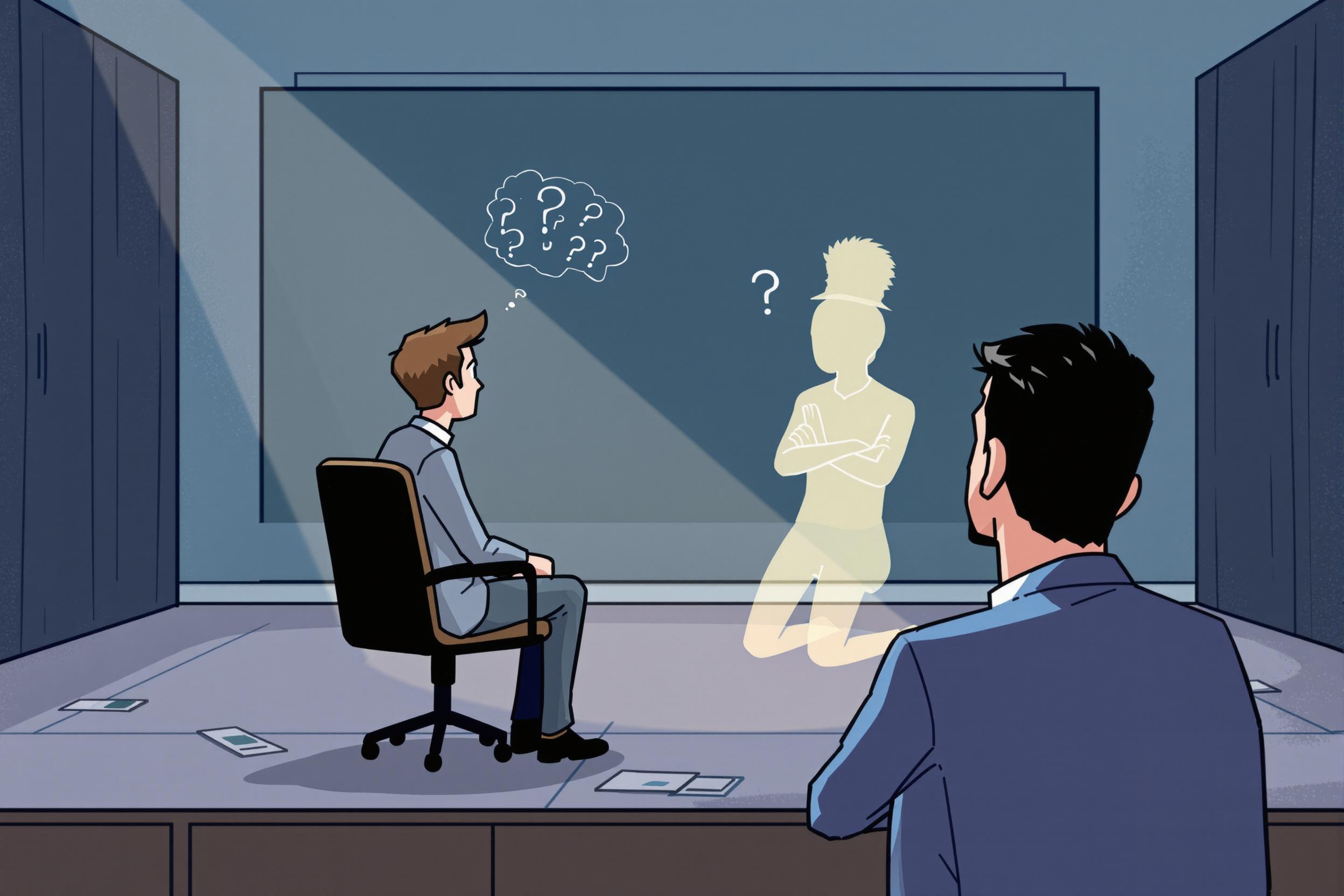
Glass Reflection
Glass reflection refers to the ability to reduce or eliminate unwanted glare from light bouncing off framed artwork, photographs, or documents. It's a critical skill in custom framing where professionals help customers choose the right type of glass to protect their artwork while ensuring the best possible viewing experience. When job descriptions mention glass reflection, they're typically referring to knowledge of different glass types (like museum glass, non-glare glass, or UV-protective glass) and the ability to explain these options to customers.
Examples in Resumes
Advised clients on Glass Reflection control options for valuable artwork
Expertly handled Anti-Reflection Glass installation for museum-quality pieces
Managed inventory of various Glass Reflection products including museum and conservation grade materials
Typical job title: "Custom Framers"
Also try searching for:
Where to Find Custom Framers
Professional Organizations
Online Communities
Job Resources
Example Interview Questions
Senior Level Questions
Q: How do you handle a situation where a customer has a valuable piece of art that requires special glass treatment?
Expected Answer: A senior framer should discuss their consultation process, explaining different glass options (museum, conservation, etc.), cost-benefit analysis, and how they educate customers about protection against UV damage and reflection issues.
Q: What factors do you consider when recommending different types of glass to customers?
Expected Answer: Should mention considering artwork value, display location, lighting conditions, customer budget, and preservation needs. Should also discuss how they explain technical benefits in customer-friendly terms.
Mid Level Questions
Q: How do you clean and handle different types of glass safely?
Expected Answer: Should explain proper handling techniques, appropriate cleaning solutions, and safety procedures for different glass types, including special care for museum-grade glass.
Q: What are the main differences between regular glass and museum glass?
Expected Answer: Should be able to explain the differences in clarity, UV protection, and reflection control in simple terms, along with price points and when to recommend each type.
Junior Level Questions
Q: What basic types of framing glass are available?
Expected Answer: Should be able to list and describe regular glass, non-glare glass, and conservation glass, with basic understanding of their uses.
Q: How do you measure glass for a frame?
Expected Answer: Should demonstrate knowledge of proper measuring techniques, standard sizes, and basic safety procedures when handling glass.
Experience Level Indicators
Junior (0-1 years)
- Basic glass cutting and cleaning
- Understanding different glass types
- Basic customer service
- Safety procedures
Mid (2-4 years)
- Advanced glass handling techniques
- Customer consultation
- Product knowledge expertise
- Problem-solving skills
Senior (5+ years)
- Expert conservation knowledge
- Advanced customer solutions
- Team training and management
- Complex project handling
Red Flags to Watch For
- Lack of knowledge about different glass types and their purposes
- Poor understanding of safety procedures when handling glass
- Unable to explain technical benefits in customer-friendly terms
- No experience with high-value or conservation framing
Related Terms
Need more hiring wisdom? Check these out...

Ghosted Again? How to Stop Candidates from Disappearing and Start Engaging Them Better

How Collaborative Goal Setting Transforms Team Culture

Refining Job Descriptions to Expand Applicant Pools: Casting a Wider Talent Net

